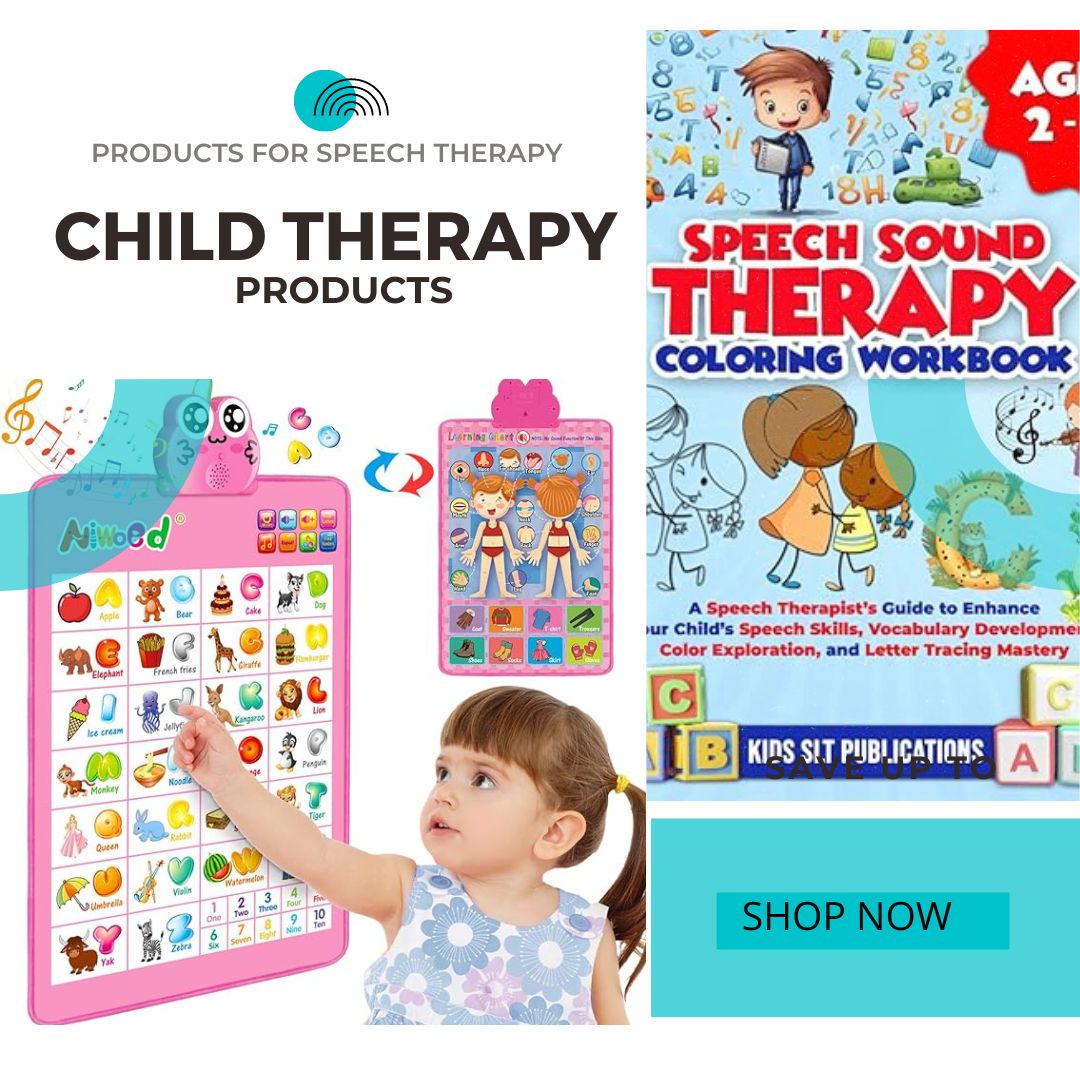Communication is a fundamental aspect of human interaction, and for those who experience speech and language difficulties, speech therapy can be a vital tool for improvement. Speech therapists work with individuals of all ages who face challenges in articulation, fluency, voice, or language skills. Speech therapy is a specialized field that requires a variety of tools and resources to effectively support individuals in their communication journey. One such valuable resource is speech therapy clipart, which can be used to enhance communication and learning in a fun and engaging way.
What is Speech Therapy Clipart?
Speech therapy clipart refers to a collection of images or illustrations that depict various speech and language concepts, objects, actions, and characters. These clipart images are specifically designed to support speech-language pathologists (SLPs) in their therapy sessions with clients who may have difficulty with speech and language skills due to developmental delays, speech disorders, or other communication disorders.
Speech therapy clipart can be used to create visual aids, worksheets, games, and other materials that facilitate communication and learning in a creative and interactive manner.
Uses of Speech Therapy Clipart
Speech therapy clipart can be a versatile tool in the hands of speech-language pathologists, educators, and parents to support individuals with speech and language difficulties. Here are some common uses of of the clipart which you can see in the real life while visiting the centers:
- Visual Aids: Clipart images can be used to create visual aids that help individuals understand and remember speech and language concepts. For example, clipart images of different facial expressions, mouth positions, or tongue placements can be used to demonstrate correct articulation or speech sound production. These visual aids can make abstract concepts more concrete and accessible for individuals who may struggle with verbal explanations.
- Worksheets and Activities: It can be used to create worksheets and activities that target specific speech and language goals. For instance, clipart images of objects, animals, or actions can be used to create vocabulary-building worksheets, categorization tasks, or story sequencing activities. These worksheets and activities can be tailored to the individual needs and interests of clients, making therapy sessions engaging and motivating.
- Games and Interactive Materials: Clipart images can be used to create games and interactive materials that promote speech and language skills in a playful and enjoyable way. For example, clipart images of characters or scenes can be used to create storytelling games, role-playing activities, or social skills games. These games and interactive materials can encourage communication, social interaction, and problem-solving skills in a supportive and enjoyable environment.
- Communication Boards and AAC Systems: It can be used to create communication boards or augmentative and alternative communication (AAC) systems for individuals with severe speech and language difficulties. Clipart images can be used to represent words, phrases, or concepts that individuals can select or point to in order to communicate their thoughts, needs, or preferences. Communication boards and AAC systems can empower individuals with limited verbal abilities to express themselves and participate in social interactions.
Where to Get Speech Therapy Clipart?
Speech therapy clipart can be found in a variety of online resources, websites, and platforms that offer clipart and visual aids specifically designed for speech-language pathology. Some popular sources include:
- Speech Therapy Websites: Many websites offer free or paid access to speech therapy clipart collections. These websites may also offer other resources, such as worksheets, games, and activities, that complement the clipart images.
- Online Marketplaces: Online marketplaces, such as Teachers Pay Teachers, Etsy, or Teachers Notebook, often have a wide selection of clipart available for purchase. These collections are typically created by speech-language pathologists or educators with expertise in speech and language disorders.
- Clipart Websites: General clipart websites, such as Pixabay, Clipart.com, or Freepik, may also have a collection of speech therapy clipart available for free or for purchase. These websites offer a wide range of clipart images on various topics, including speech and language concepts, that can be used in speech therapy materials.
- Speech Therapy Blogs and Resources: Many speech therapy blogs, websites, and online resources may also offer clipart as part of their free or paid resources. These blogs and resources are often created by speech-language pathologists, educators, or other professionals with expertise in speech and language disorders.
- Speech Therapy Software and Apps: Some speech therapy software and apps may also include it as part of their visual aids or activities. These software and apps are specifically designed for speech and language therapy and may offer a range of clipart images that can be used in therapy sessions.
When using clipart, it’s important to ensure that the images are appropriate for the intended audience and align with evidence-based practice in speech-language pathology. It’s also essential to respect copyright laws and terms of use when using clipart images in therapy materials.
In conclusion, speech therapy clipart can be a valuable resource for speech-language pathologists, educators, and parents to enhance communication and learning in individuals with speech and language difficulties. It can be used to create visual aids, worksheets, games, and other materials that promote speech and language skills in a fun and engaging way.
There are various online sources where the cliparts of speech therapy can be obtained, including speech therapy websites, online marketplaces, clipart websites, speech therapy blogs and resources, and speech therapy software and apps.
When using it, it’s important to ensure its appropriateness and align with evidence-based practice. By utilizing it effectively, speech-language pathologists and other professionals can create engaging and interactive materials to support individuals in their communication journey.




